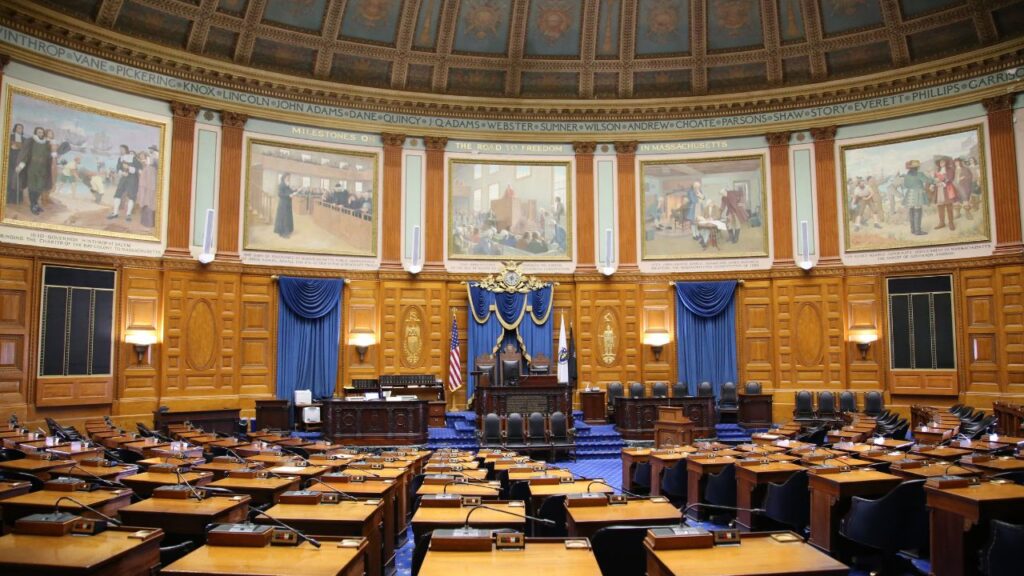Decentralized Autonomous Organizations (DAOs) are revolutionizing governance by enabling decentralized decision-making without traditional corporate structures. Unlike traditional organizations, DAOs operate on blockchain-based smart contracts, making them transparent and autonomous.
But how do DAOs govern themselves? The answer lies in different DAO governance models that dictate how decisions are made, how funds are managed, and how community members participate. Choosing the right governance model is crucial for the efficiency, security, and longevity of a DAO.
In this article, we explore the 7 most important governance models for DAOs—their workings, advantages, and challenges. By the end, you’ll have a clear understanding of which governance model suits different DAOs and how they shape decentralized decision-making.
What Is a DAO Governance Model?
A DAO governance model refers to the framework a DAO uses to make collective decisions. These models determine how proposals are submitted, how votes are cast, and how power is distributed within the organization.
Key Elements of DAO Governance:
| Feature | Description |
| Voting Mechanisms | Determines how members cast votes on proposals. |
| Decision-Making Process | Defines how decisions are finalized and executed. |
| Power Distribution | Specifies whether power is distributed evenly or based on contributions. |
| Security & Transparency | Ensures decisions are tamper-proof and publicly auditable. |
The choice of governance model impacts how efficiently a DAO operates and how fairly decisions are made.
The 7 Most Important Governance Models for DAOs
DAOs are reshaping how communities make decisions without centralized control. But not all DAOs operate the same—governance models vary widely. From token-based voting to consensus mechanisms, each model has unique trade-offs.
Let’s break down the top 7 DAO governance models shaping the future of decentralization.
1. Token-Based Governance
One of the most common governance models, token-based governance, allows members to vote based on the number of governance tokens they hold. The more tokens a member has, the more influence they wield.
Examples: Uniswap, MakerDAO
| Feature | Description |
| Voting Power | Determined by token holdings. |
| Advantages | Simple, efficient, and widely used. |
| Disadvantages | Wealthy users have disproportionate power (whale dominance). |
2. Reputation-Based Governance
Instead of using tokens, reputation-based governance assigns voting power based on a member’s contributions and reputation within the community.
Examples: Colony DAO
| Feature | Description |
| Voting Power | Based on earned reputation, not token holdings. |
| Advantages | Rewards active contributors, preventing plutocracy. |
| Disadvantages | Reputation scoring can be manipulated. |
3. Multi-Sig Wallet Governance
A multi-signature (multi-sig) governance model requires multiple keyholders to approve transactions and decisions before execution.
Examples: Gnosis Safe
| Feature | Description |
| Voting Power | Restricted to designated keyholders. |
| Advantages | Secure, prevents unilateral decisions. |
| Disadvantages | Centralized among a small group. |
4. Delegated Governance (Representative Model)
In delegated governance, token holders elect delegates who vote on their behalf, similar to a parliamentary system.
Examples: Compound, Aave
| Feature | Description |
| Voting Power | Delegates vote on behalf of others. |
| Advantages | Reduces voter fatigue and increases efficiency. |
| Disadvantages | Risk of delegates misrepresenting voters’ interests. |
5. Futarchy (Prediction Market Governance)
Futarchy, proposed by economist Robin Hanson, uses prediction markets to determine governance decisions. Policies are implemented based on their predicted success.
Examples: Theoretical model, yet to be widely adopted.
| Feature | Description |
| Voting Power | Determined by market predictions. |
| Advantages | Data-driven decision-making. |
| Disadvantages | Complex and difficult to implement. |
6. Holacracy and Consensus-Based Governance
Holacracy replaces hierarchical structures with self-governing teams, and consensus-based governance requires full agreement before decisions are made.
Examples: MetaCartel DAO
| Feature | Description |
| Voting Power | Equal among all members. |
| Advantages | Highly democratic, inclusive. |
| Disadvantages | Slow decision-making process. |
7. Quadratic Voting and Funding
Quadratic voting allows participants to allocate votes based on preference intensity rather than sheer numbers, preventing dominance by wealthy members.
Examples: Gitcoin Grants
| Feature | Description |
| Voting Power | Based on square root of token holdings. |
| Advantages | Prevents whales from dominating. |
| Disadvantages | Requires complex computations. |
Comparing DAO Governance Models
| Governance Model | Decentralization | Efficiency | Fairness | Security |
| Token-Based Governance | Moderate | High | Low | Moderate |
| Reputation-Based | High | Moderate | High | Moderate |
| Multi-Sig Wallet | Low | High | Low | High |
| Delegated Governance | Moderate | High | Moderate | Moderate |
| Futarchy | High | Low | High | Low |
| Holacracy/Consensus | High | Low | High | Moderate |
| Quadratic Voting | High | Moderate | High | Moderate |
How to Choose the Right DAO Governance Model?
Selecting the right governance model depends on several factors:
- Community Size – Large DAOs benefit from delegated governance, while smaller DAOs may prefer consensus-based governance.
- Decision-Making Speed – Multi-sig wallets and delegated governance enable faster decision-making than holacracy.
- Security Requirements – Multi-sig wallets provide the highest security but limit decentralization.
- Wealth Distribution – To avoid centralization, models like quadratic voting are ideal.
Takeaways
DAO governance models are critical in shaping the future of decentralized organizations. Whether it’s token-based governance, reputation-based voting, or consensus-driven decision-making, each model has its strengths and weaknesses.
Understanding these models can help DAOs balance efficiency, fairness, and decentralization to build strong, self-sustaining communities. As blockchain technology evolves, we can expect new hybrid governance models that refine and enhance decentralized decision-making.
Which governance model do you think is best for DAOs? Share your thoughts in the comments!












































